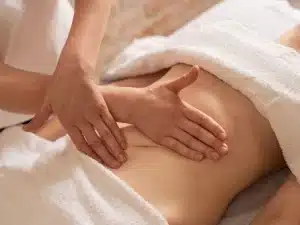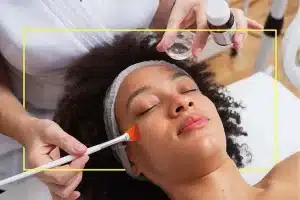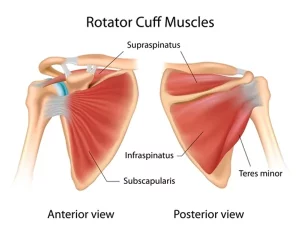By Shelby Burdick LMT
Sports Massage
When considering massage, most would think it a luxury. Correlating most commonly to a day at the spa receiving a nice Swedish or deep tissue massage to unwind. Truth is, massage therapy is MORE than just relaxation. In many other cultures, it is highly regarded as a regular part of selfcare and a physical necessity that should be incorporated into everyday lives. Massage has been a form of practice for centuries, there was a time when massage was actually prescribed by doctors. One of the earliest records of prescribed massage was by a Roman physician named Galen (AD 30-200).
Galen would prescribe massage for gladiators both before and after exercising. (Cenacle Treatment Centre) Specifically, Galen had the athletes seek out sports massage; a modality of massage therapy that combines Swedish, deep tissue and stretching techniques to address areas of intense pain, discomfort and/or injury prevention for an athlete.
Traditionally, sports massage is practiced on athletes before, during and after athletic events. An athlete may start their big game with this massage to further warm up the tissue and prime it for maximum performance. If the muscle tissue is cold before being confronted with a large load of work or maximum push this can easily lead to injury and/or poor performance. Sports massage received during the middle of a sporting event is focused on breaking up built up lactic acid and promoting healthy blood flow into contracted muscle tissue so that it can relax and be ready to get back to work.
This further promotes an increase in muscle mobility. Receiving sports massage post event helps reduce pain from overused muscles and decreases the longevity of delayed onset muscle soreness (DOM). In return, as an added bonus, it will increase future athletic performances. When you feel good you perform well. Sports massage can also be used as a recovery tactic to supplement the speed up healing of injuries. Sports massage is often used in conjunction with physical therapy post surgeries or injury to help promote healthy blood flow, release the adhesions of scaring and increasing the mobility of muscle tissue.
Some common sports massage questions:
How long is a sports massage?
Traditional sports massage ranges from 10 to 30 mins, and is done before, during and after sports events. Most massage studios will offer a 60-to-90-minute sports massage service so that the therapist can target areas as well as incorporate some relaxation techniques so that a client can obtain the best of both worlds!
How often should I be receiving sports massage?
This is solely based on the activity of the client and the relationship with their licensed massage therapist. An athlete who is considered a high performer and participates in regular athletic events should seek sports massage anywhere from once to twice a week. A client who may not be as active, but is concerned with their overall health may receive sports massage every two to three weeks. A trained professional will be able to map out a massage maintenance plan specific to the needs of the client.
Can only athletes receive sports massage?
No! Anyone can receive it. Our bodies are overworked every day no matter our athletic abilities. Much like our vehicles need maintenance in order to optimize performance and longevity, so do our bodies. You wouldn’t skip an oil change and risk ruining the car’s engine, so why would you do the same to your body? Massage modalities in general should be treated as maintenance for your body. Someone who may work a desk job may be able to prevent tendinitis or rotator cuff injuries that are accustomed to their everyday posture by receiving regular sports massage.
Is sports massage painful?
Pain or discomfort during a massage is subjective but definitely not mandatory. A good massage therapist will know how to work with their client to get to a point of “good pain” which is described as a sensation of soreness without being overly sensitive to be able to create the physical changes needed within the muscle tissue.
Shelby Burdick LMT participating in a Spartan Race
























